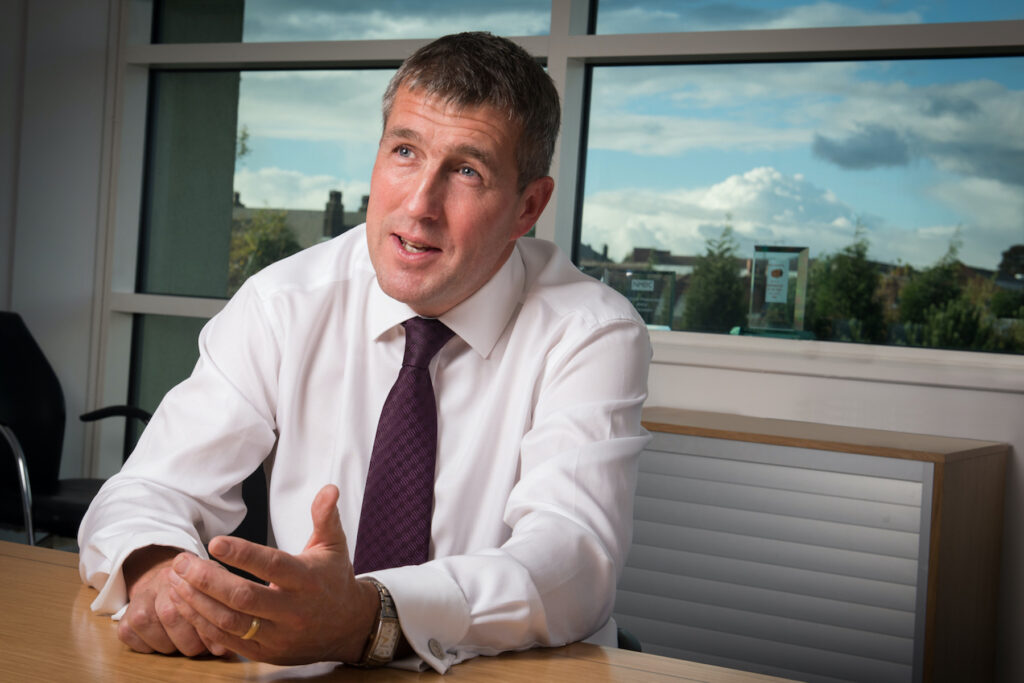Health and social care levy: How technology will help to clear an ‘NHS back log’

The Health and Social Care Levy has come into force today to tackle Covid backlogs and reform the adult social care system. The Government promises that £39bn over the next three years will be invested in health and care services to reduce record waiting lists and alleviate the current strain on social care services.
Gavin Bashar, managing director at Tunstall Healthcare, a global provider of software solutions, services and technology for the health and social care markets, believes that innovating our health and social care services through technology is crucial if we are to save lives, save costs and reduce pressures on the NHS and our health and social care systems.
Gavin is available for exclusive comments, interviews or features. Here are his initial thoughts:
Greater integration of technology will support better quality and reliability of service provision and provide enhanced services which are tailored to meet specific needs. Our ageing population means that we have no choice but to look at alternative ways to deliver care, in order to cope with increasing demand.
It’s imperative that we develop a truly integrated approach through technology, where we listen to citizens, understand their everyday needs and work together to bridge gaps in our services and reduce pressure on health and care.
Technology allows us to drive collaboration between all stakeholders, such as patients, families, clinicians, social care, care home operators, and local councils.
Existing solutions such as telecare, in combination with smart tech such as tablets and speakers, have seen unprecedented adoption over the last two years, and proven the benefits of remote care using technology that we can build upon post pandemic, as well as the willingness of older people to embrace them.
When we achieve successful and integrated services for citizens, the benefits flow through the system to primary, secondary, community, social and health care services. If we get our approach right, citizens stay in the place of their choice for longer, delaying entry into residential care and reducing costs and the need for more complex interventions.
More intelligent and predictive solutions can support care providers in informing care planning, and empower service users to be more involved with their own health and care from the start. This in turn engages them further with their own care and delivers a greater understanding about the key role they play in supporting their own health and wellbeing.
New technology such as remote patient monitoring (RPM) enables services to be shaped around the user, rather than being place-based. During the pandemic we’ve RPM support a reduction in the need to travel to appointments with clinicians or carers, real time data provision, and a reduction in hospitalisation which have improved outcomes for users, reduced costs, and enabled more effective care provision through greater engagement with service users.
Investment in technology is key to reconfiguring and integrating our services. It’s essential that service providers and end users are involved in the digital transformation if we’re to innovate, embrace technology successfully, and deliver new approaches which create tangible benefits for citizens.




